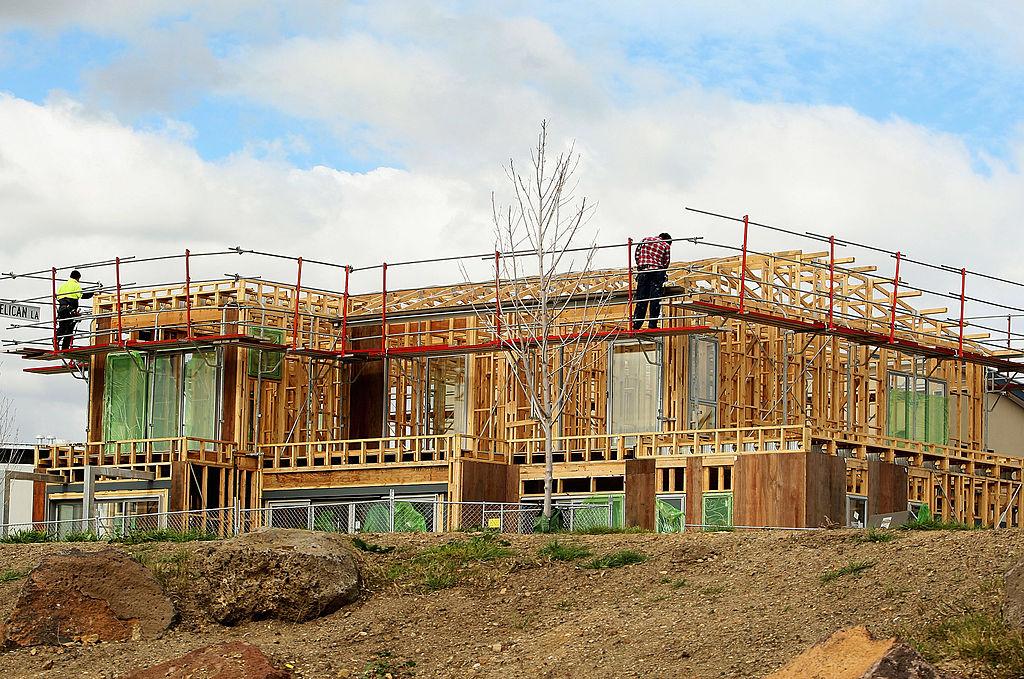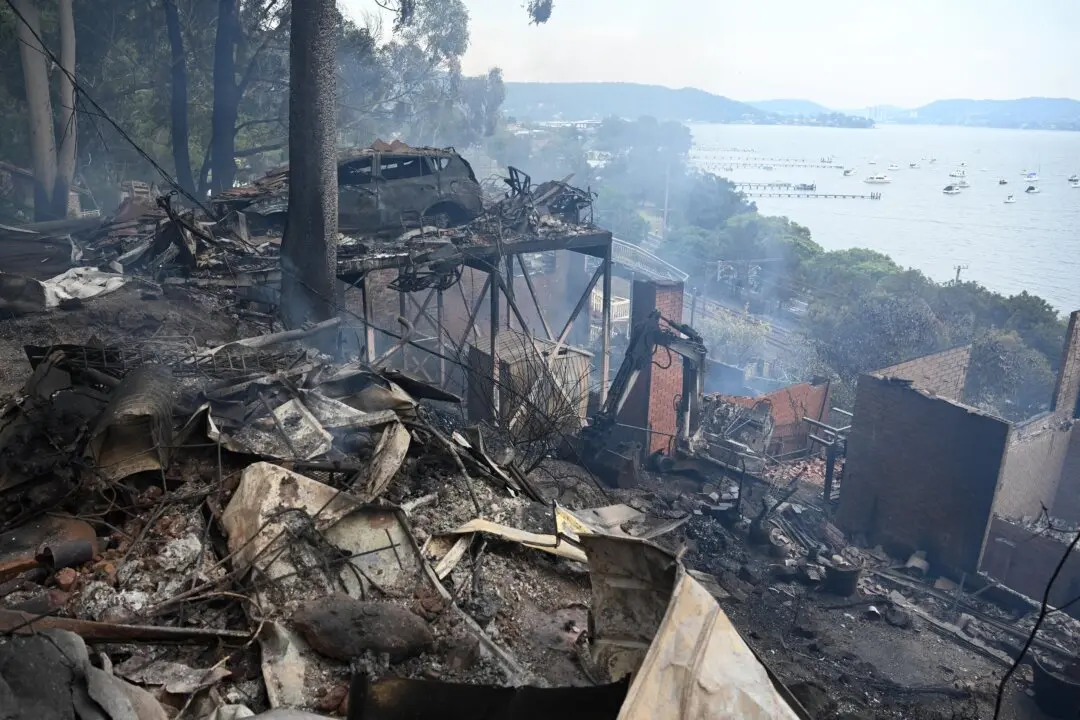The New South Wales (NSW) planning minister has proposed a novel solution to Australia’s housing crisis—using artificial intelligence to speed up building approvals.
Paul Scully says AI technology, like ChatGPT, could help developers fast-track building consents by identifying issues with proposals before they are submitted for approval.





